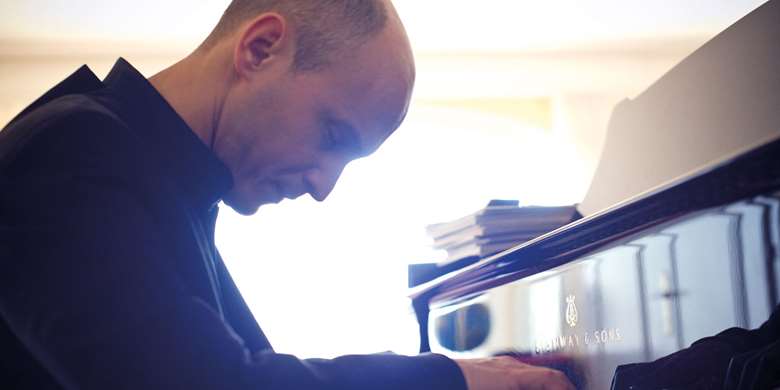Inside Brahms’s Piano Sonata No 3 – with Nelson Goerner
Tim Parry
Thursday, November 14, 2019
Tim Parry talks to Nelson Goerner about the special qualities of Brahms’s finest piano sonata

Register now to continue reading
Thanks for exploring the Gramophone website. Sign up for a free account today to enjoy the following benefits:
- Free access to 3 subscriber-only articles per month
- Unlimited access to our news, podcasts and awards pages
- Free weekly email newsletter







